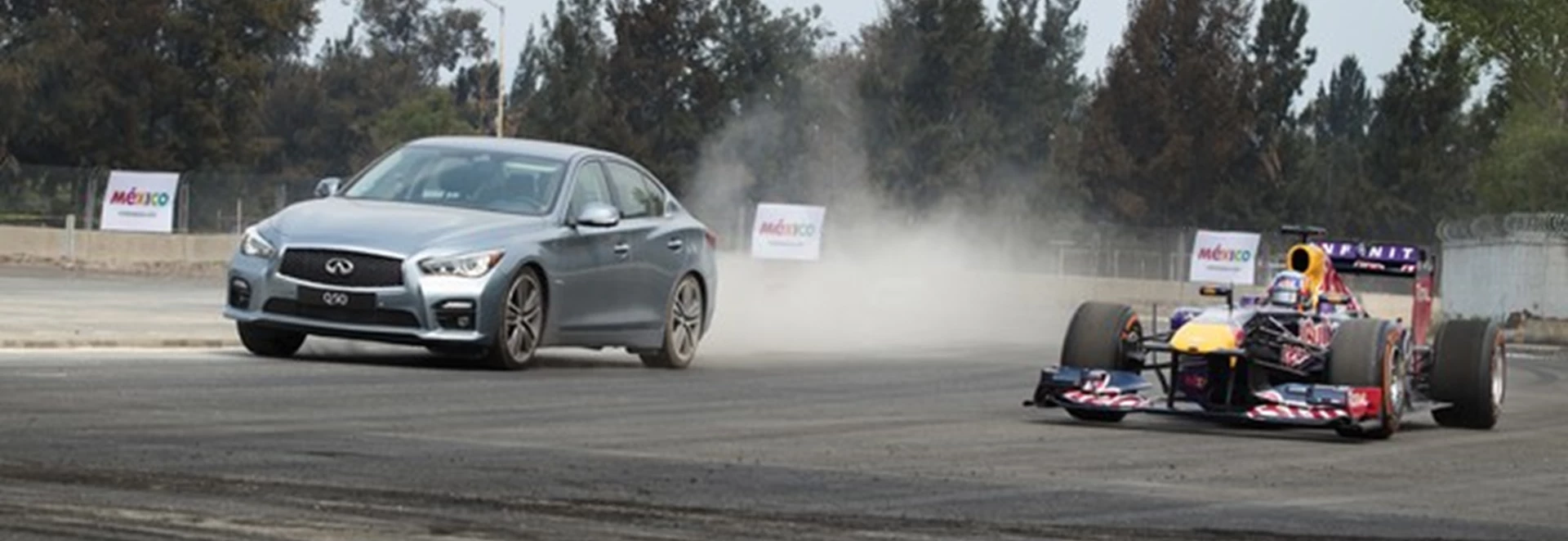One of the cool things about Formula One is all the various technologies which eventually trickle down to road cars and eventually, in some cases, become very common. For example, semi-automatic gearboxes – pioneered by F1 and other kinds of race cars – are available with many new road cars on sale in Britain.
But there are also some less common F1-inspired technologies available in certain cars which consumers with the right budget could buy today. Here’s our pick of five current road cars with F1-style features, for people with a wide range of different budgets.
McLaren P1 - Drag Reduction System
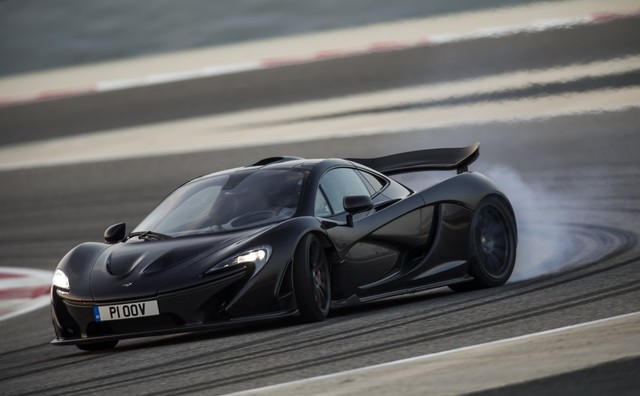
The pinnacle of McLaren’s current road car line-up, the P1 is crammed with driving features which can also be found in the manufacturer’s Formula One cars.
One of the more stand-out examples of the P1’s Formula One-type features is the car’s Drag Reduction System (DRS). Formula 1 officially introduced DRS to racing at the start of the 2011 season, and it currently remains a standard feature of all the sport's race cars.
As with current F1 cars, the McLaren’s P1 DRS is designed to boost straight line speed. In the same way you would in an F1 car, drivers of the P1 can activate DRS by pressing a button on the steering wheel – which adjusts the rear wing in a way that reduces aerodynamic drag.
Priced at just under £900,000, the McLaren P1 is a car that only few can afford. But for those that can afford it, it’s an impeccable demonstration of how F1-based technology can enhance the experience of road cars.
BAC Mono - Steering wheel display
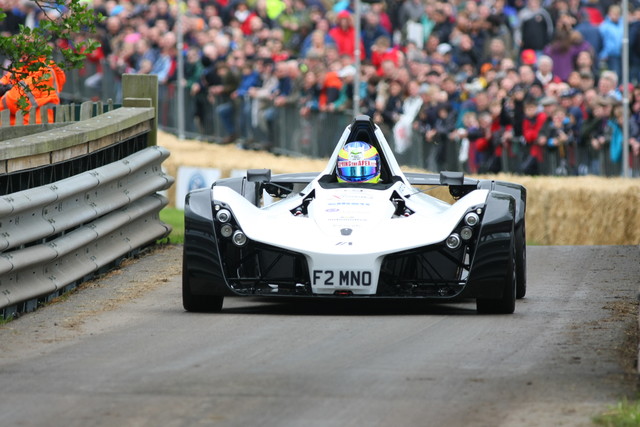
Those who drive the BAC Mono will probably feel like a Formula One driver just from the fact that it’s a small, low-slung single-seater track day car with a semi-automatic gearbox.
Something else that’s very F1-like about the BAC Mono, and which very little else on the road shares, is the fact it displays information about the car on the steering wheel itself.
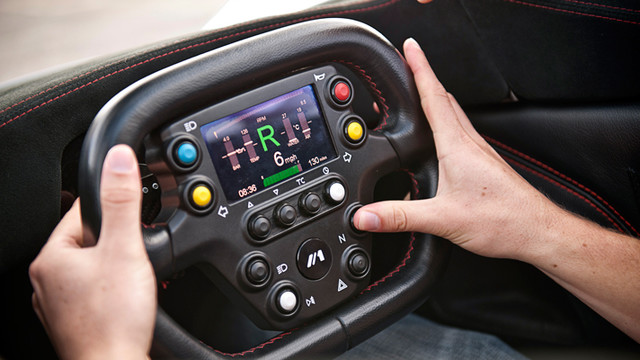
For several decades, the steering wheels of F1 cars were about as simplistic as the ones found on cars. However, since the late nineties, the number of buttons found on an F1 car's wheel has increased spectacularly and small display screens starting appearing on them around the same time.
Early on, displays on F1 car's steering wheels were small and could show the current speed, gear selected and the status of the current lap time. Since 2014 though, some cars have begun incorporating larger LCD display screen that can show all kinds of info, and this is a similar case when looking at the BAC Mono's wheel.
Some road cars can display the current speed and some other details near the steering wheel or on the windscreen. The BAC Mono, however, not only puts many of the car’s controls found on the steering wheel, it also informs you of the current gear and speed on the integrated screen. The wheel’s display can even provide details on things like the current temperature of different components.
BMW i8 - Energy recovery
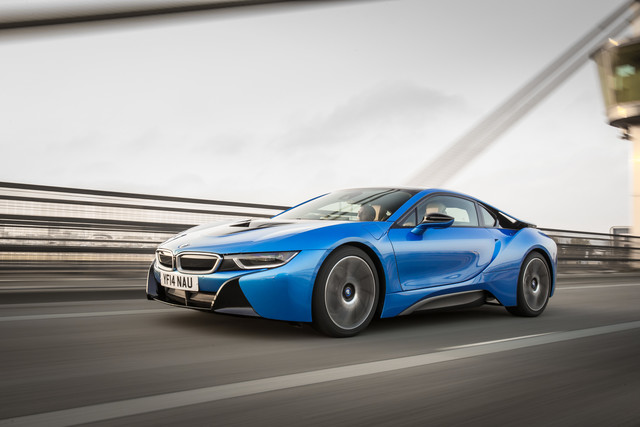
The i8 feels like one of the most futuristic cars in the current market, thanks to its looks and its various pieces of racing car-inspired technology. One example that’s very reminiscent of current F1 cars is how the i8’s electric motor is able to recover energy. This is something F1 cars have become capable of ever since they introduced the V6 turbo hybrid engines in 2014.
BMW's electric motor for the i8 works in combination with a 1.5-litre petrol engine to deliver a total output of 357bhp. It can recover energy from both thrust and braking phases to keep the batteries charged. That’s not dissimilar to how the electric motor in current F1 cars is able to gain energy from the brakes and V6 engine to deliver additional power.
There are other cars out there which use recovery energy technology to benefit efficiency and possibly speed too, from the million-pound LaFerrai hyper car to the more humble, all-electric Renault ZOE.
Find prices for the BMW i8 coupe
Alfa Romeo 4C - Monocoque technology
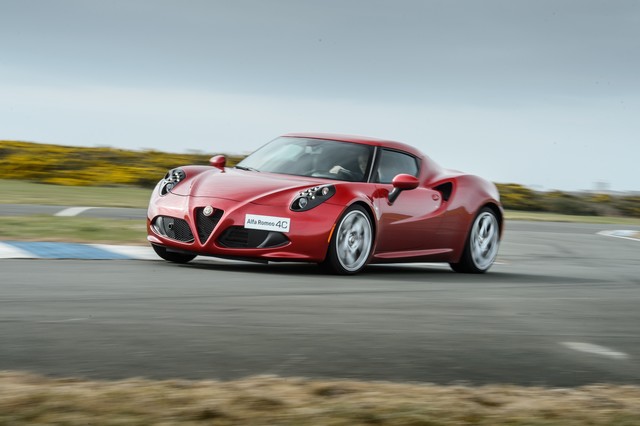
The Alfa Romeo 4C is another sports car which features various pieces of Formula 1-inspired technology, but unlike most other examples, it doesn’t cost over £100,000. Instead, its price range is in the region of £50,000 to £60,000.
Still though, the 4C is capable of sprinting from zero to 62mph in less than five seconds, and that’s thanks in large part to how light it is. Weighing a total of just 895kg, this Alfa is less than half the weight of a BMW M5 super saloon.
To make the car as incredibly lightweight as it is, a specialised team at Alfa Romeo say they used F1-based technology including a carbon fibre monocoque. This component makes up the central, load-bearing cell of the chassis yet weighs just 65kg. A monocoque chassis was first used for a Formula 1 racer all the way back in 1962, debuted by the Lotus 25, and nowadays they are a regular feature of all F1 cars.
Find prices for the Alfa Romeo 4C coupe
Renault Twizy - Single seater position
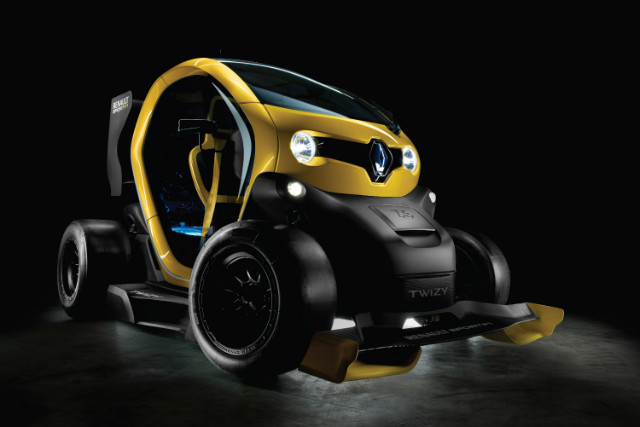
You might be scoffing right now at the idea that the Renault Twizy could be compared to Formula One cars. But really, if you think about it, how many current road cars can you think of that offer an F1-esque central driving position? There’s certainly no other cars around that offers it from under £7,000.
A central driving position has been one of the defining characteristics of Formula 1 cars from the sport's inception. Pretty much anything else which has the same driving position could be compared to a F1 car, to a certain extent.
Still sceptical? Well, back in 2013, Renault made a sporty concept version of the electric Twizy which was called the Renaultsport Twizy F1 (seen in the picture above). Boasting big, new aerodynamic parts and a hike in power for the electric motor, the Twizy F1 boasted 97bhp. That might not sound like much, but it is compared to the standard Twizy’s 17bhp output.
The F1 concept also gained a KERS boost system for immense torque, racing slick tyres and a steering wheel from a Formula Renault 3.5 race car. Sebastian Vettel, who won four F1 championships in Renault-powered race cars, tested the Twizy F1 concept and gave it his seal of approval.
